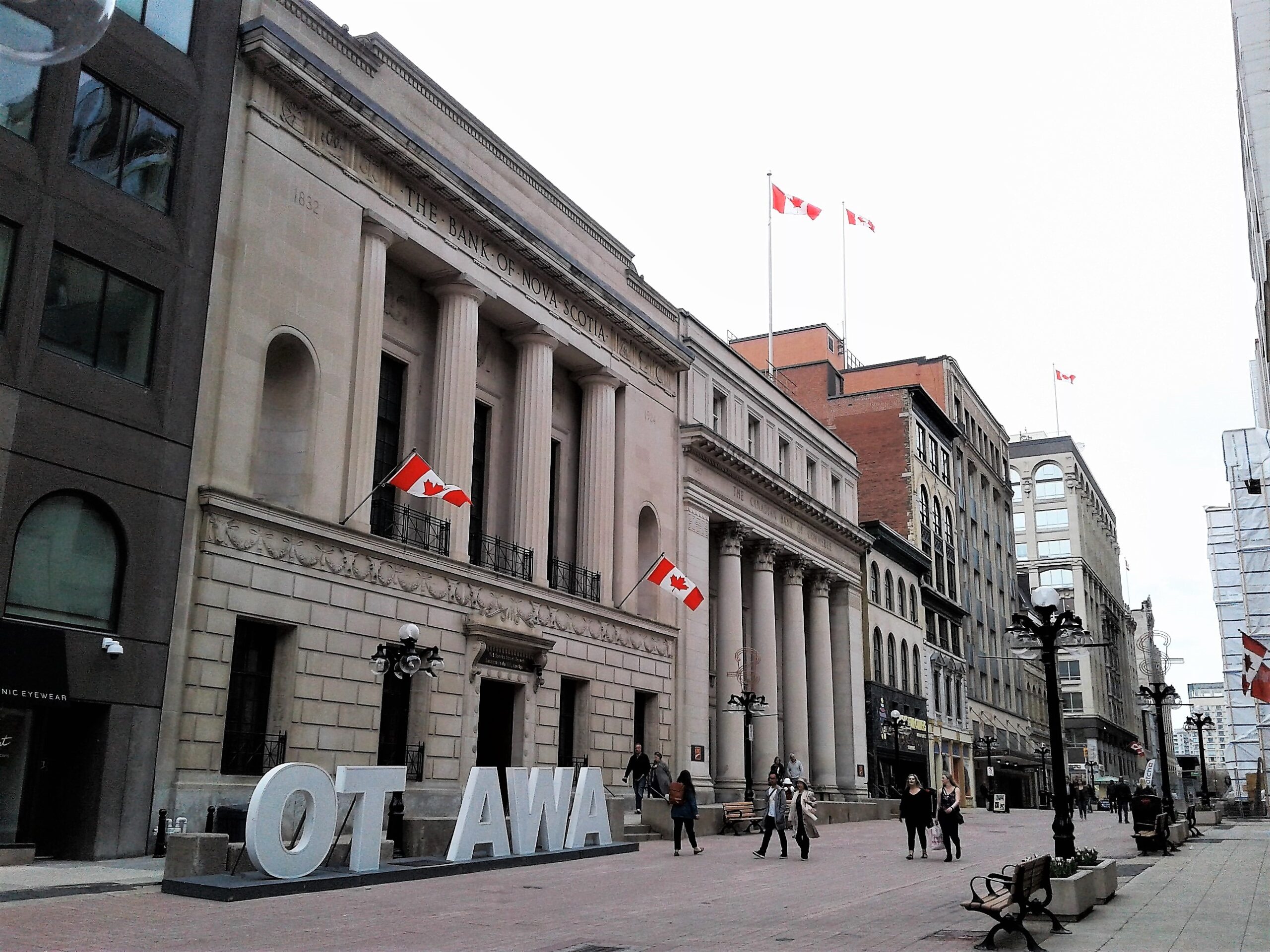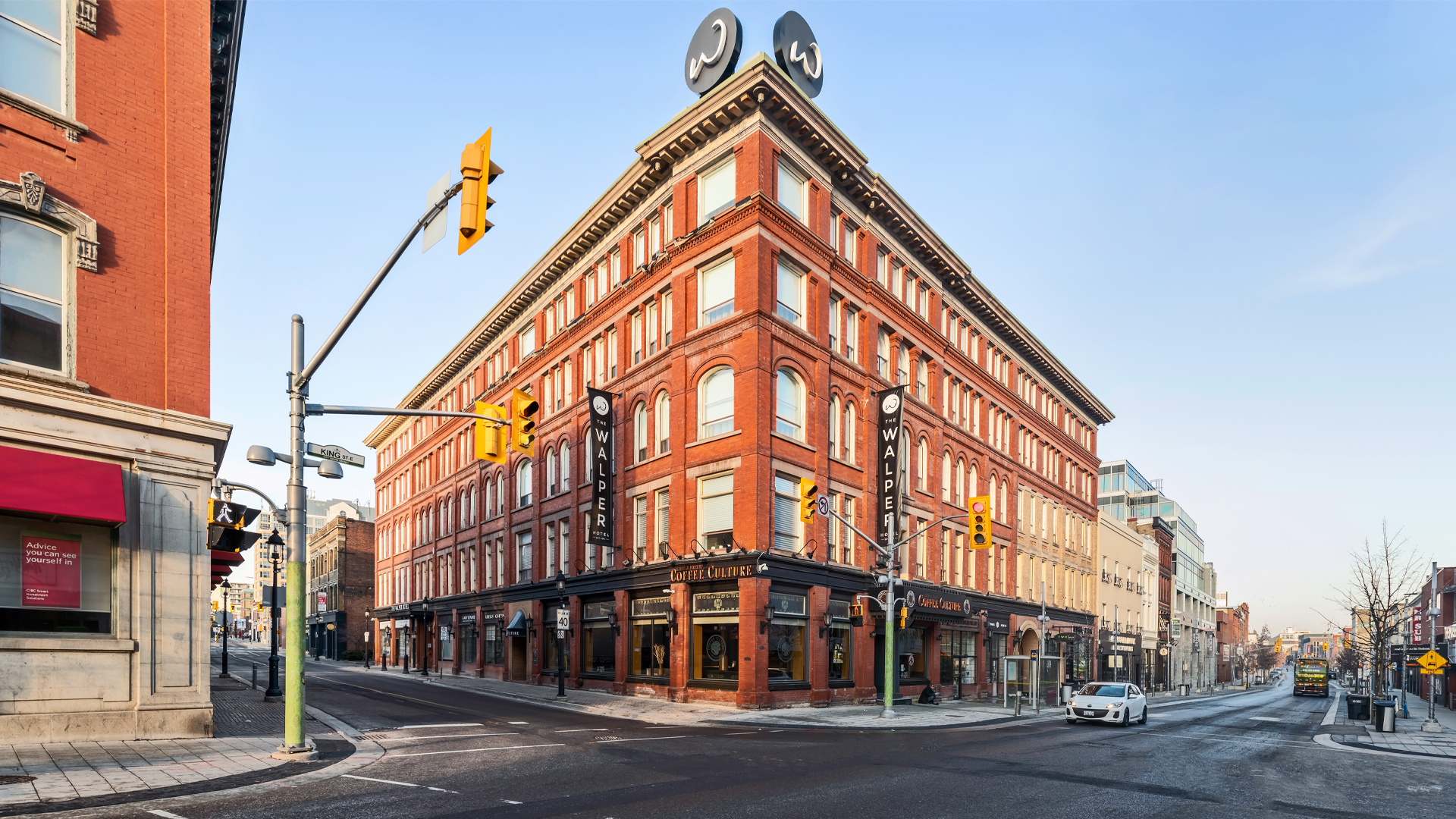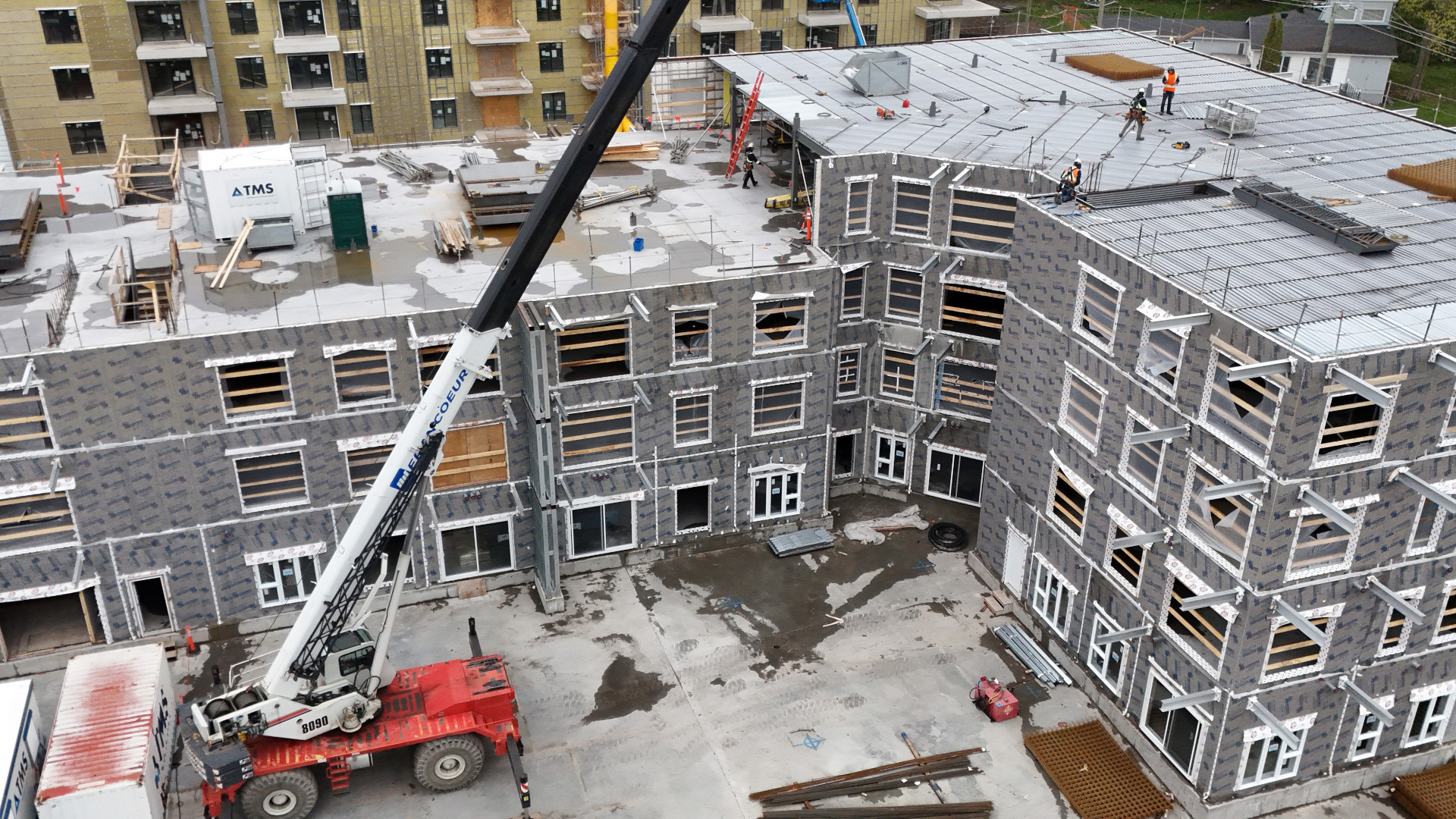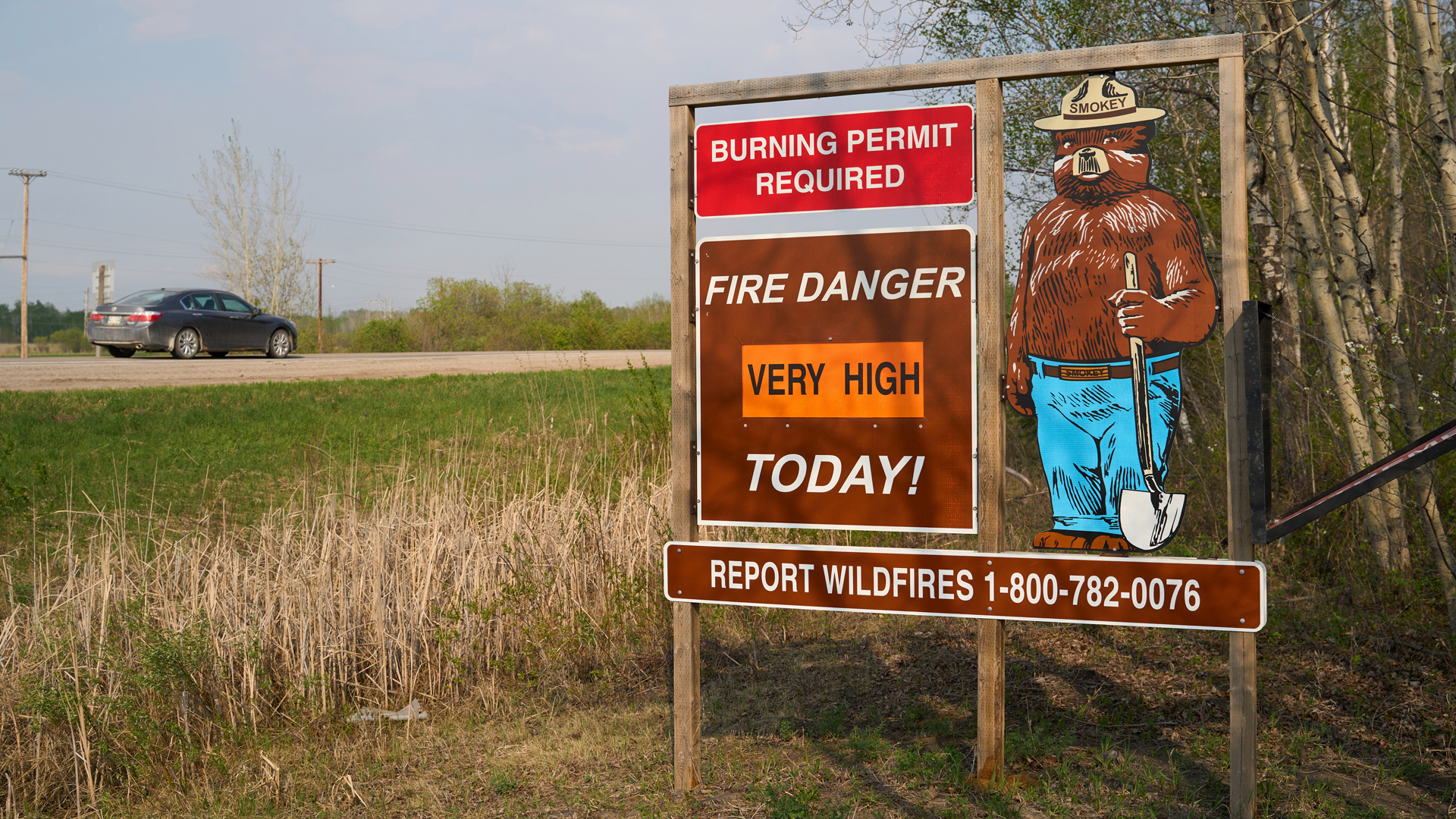
Many of Ontario’s heritage properties could be vulnerable to the wrecking ball of urban intensification under the More Homes Built Faster Act, 2022, which received speedy royal assent in November. The new legislation was enacted with the stated goal of helping build more homes and increase affordability. However, it will have negative impacts upon municipal planning, real estate, infrastructure and the environment, and the Ontario Heritage Act (OHA) will be flattened.
For example, a 19th-century stone church that forms the cultural and aesthetic centrepiece of a neighbourhood could be replaced by a boxy, vinyl-sided, cookie-cutter multi-storey residential walk-up at any time, with no recourse available to the municipal government or nearby residents.
Among the sweeping changes to numerous statutes, Bill 23 would amend the Ontario Heritage Act despite the Ford government’s recognition of the value of preserving our heritage. The Government of Ontario says on its website: “The province’s heritage tells us who we are, where we have come from and what we have accomplished. This knowledge is a source of strength and confidence.”
Yet, under Schedule 6 of Bill 23, the mechanism for heritage status would change fundamentally. Until now, a municipality considering possible heritage status for a property first had to determine whether the property met one of nine criteria on a provincial shopping list called Ontario Regulation 9/06. If designatable, council could:
- Proceed and designate it with legal protection.
- Park it for future consideration, listing it on a register.
The new act makes that interim register much more crucial. If a council is caught by surprise – perhaps a demolition application for a juicy building has been missed by the register – council will be prohibited from designating it, and down it will come.
This means municipalities could be in a mad scramble to list everything conceivable.
But, simultaneously, demands for documentation have also increased. To designate a property (or list it on the register), the province has announced an increase in the threshold. Instead of meeting one criterion of Regulation 9/06, a property will now need to meet two. If owners think the resulting evidence is insufficient, they can appeal.
It’s a similar story for Heritage Conservation Districts (HCDs): they, too, will need to meet a higher threshold before they can be designated for protection.

In addition, the register will be periodically reviewed to throw out anything that doesn’t meet the new twofold threshold. No one knows how many existing identified properties will be thrown out. Further, even if a property meets that new threshold, council still won’t be allowed to just park it on the register. The act delivers an ultimatum to council: launch designation within two years of listing or throw it off the register.
Most municipalities don’t have the resources to handle the onerous paperwork. And once the property has been thrown off the register, council can’t designate or list it again for another five years.
The minister will be authorized to review how the province’s own heritage properties got selected (including properties whose heritage value has been recognized for years); and regardless, cabinet could just waive the province’s own heritage standards.
And even if public or private redevelopment overtly breaches the new watered-down rules, community groups and neighbours also lose their right to appeal to the Ontario Land Tribunal. No one will be permitted to appeal even the most flagrant breach of the rules, except municipalities – and, of course, the project proponents.
Château Laurier debacle exposes flaws in heritage regulations
Addressing climate change by retrofitting Canada’s existing buildings
For good measure, there are further references (without details) to a new regulatory authority to assist municipalities to align existing Heritage Conservation Districts with government priorities and to better facilitate development. And by development, the government means new construction only: though renovation represents 58 per cent of Canada’s housing employment (versus 42 per cent for new construction), there is hardly a word to acknowledge that this multi-billion-dollar industry is even a legitimate form of development.
Mayors across the province are worried. Ontario’s Big City Mayors, representing 29 cities, stated, “We are concerned about unintended consequences of other aspects that we believe will impact our ability to build homes faster.”
The Architectural Conservancy of Ontario (ACO) is concerned. “Whether intended or not, the changes proposed for the Ontario Heritage Act (OHA) in Bill 23 will make it practically impossible to protect most of Ontario’s identified heritage properties,” it says. “There was no consultation or consideration of the destructive impacts of these proposals across Ontario.”
ACO chair Diane Chin asked, “Why drop a cluster bomb of changes into the heritage system that will not create a single unit of affordable housing?”
The organization asked to speak to the legislature committee reviewing the bill, the Committee on Heritage, Infrastructure and Cultural Policy, but no provincial heritage organization was invited. It did, however, invite developers – and the Cement Association of Canada.
ACO Hamilton region branch president Shannon Kyles summed it up: “The efforts of almost 100 years of heritage advocacy by Ontario citizens through the Architectural Conservancy of Ontario will be wiped out by this bill.
“Heritage buildings and places provide a wealth of opportunities for use and development for housing and other purposes. To suggest that heritage inhibits housing misunderstands how our systems work. Heritage protections DO NOT RESTRICT USE. Schedule 6 must be removed from this bill.”
The act is ill-conceived and ruinous. It makes no mention of a report released the same month, in October, by the Canada Mortgage and Housing Corporation titled Labour Capacity Constraints and Supply Across Large Provinces in Canada. That report warns that new housing starts in Ontario will be severely limited by a labour shortage in residential trades. CMHC recommends financial support for learning skilled trades and enhanced vocational training facilities, higher wages and targeted immigration to bring in workers skilled in construction trades.
And the way the act was introduced raises questions. Premier Ford tabled Bill 23 strategically on Oct. 25, the day after municipal elections – but three weeks before allowing the newly elected to be sworn in to office. For good measure, Ford scheduled it to be passed by the legislature two weeks before the end of the period in which the public was invited to post comments on the Environmental Registry of Ontario. And it’s Ford’s nephew, Michael Ford, who will roll out the statute as minister of citizenship and multiculturalism.
Let’s be clear: older buildings are not an obstacle to Ontario’s housing push. Typical homes in older neighbourhoods have surplus attic and basement space – ideal for shoehorning in secondary suites at a fraction of the time and cost it takes to build new units.
The largest obstacle to adding more of these kinds of units has been federal tax policy, which disqualifies them from the GST New Housing Rebate. (The closest equivalent is the rebate for what Ottawa calls a “substantial renovation” – but only on condition that at least 90 per cent of non-structural materials be torn out). Home builders’ associations have protested against this discrimination for years.
Residential renovations are treated similarly. Hundreds of thousands of substandard units exist in Ontario. They could become decent housing faster and cheaper than starting over. The same argument can be made for converting the province’s many commercial and other buildings to residential use.
The bottom line is that attractive options do exist to stimulate housing growth and further densification while protecting built-heritage properties.
Revise the Income Tax Act, which favours demolition over rehabilitation and renovation. Add new tax provisions to encourage the re-purposing of obsolete industrial, institutional and commercial heritage buildings for residential use. Rezone these properties for residential use following the same provincial blanket rezoning for single-family homes to triplexes enacted by Bill 23.
This would align with the government’s position on the importance of heritage while actually incentivizing more housing in Ontario.










